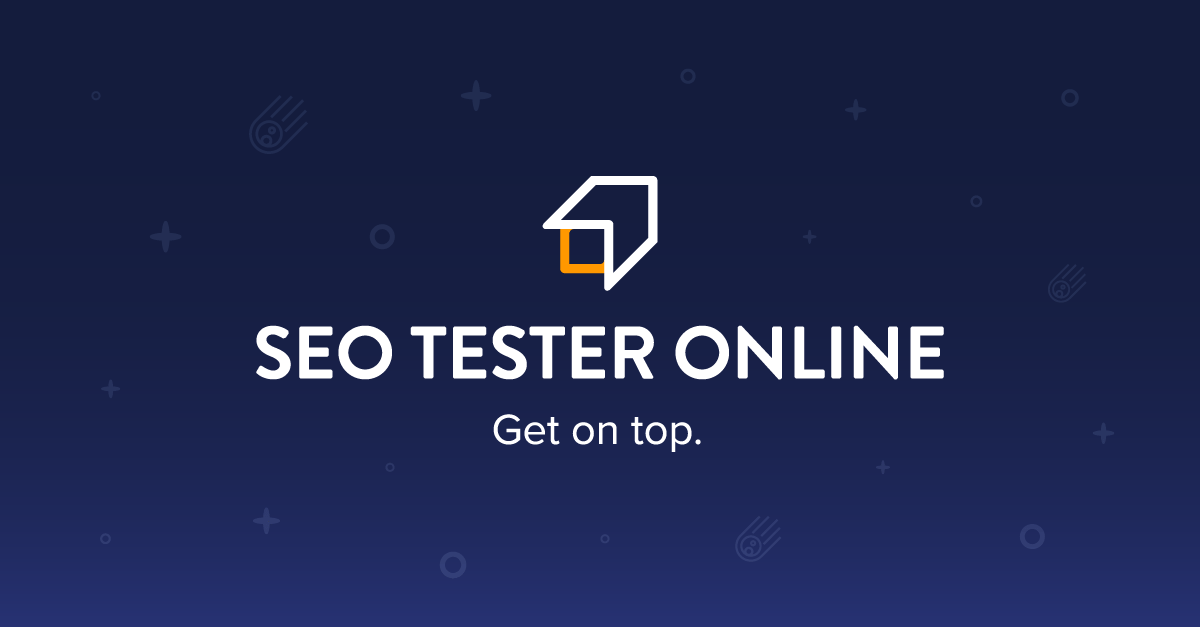Revealing the Mystery: What Google Analytics Doesn't Categorize as a Default Medium in SEO
Revealing the Mystery: What Google Analytics Doesn't Categorize as a Default Medium in SEO
Blog Article
Believing Outside the Box: Leveraging Unique Mediums to Maximize Google Analytics Performance
In the world of digital advertising, the mission for boosted Google Analytics performance has become a calculated important for companies looking for to fine-tune their on-line existence. By exploring unique tools as opportunities of data collection, a new world of possibilities emerges.
Unique Data Resources

CRM systems, as an example, can give understandings into specific consumer interactions, purchase history, and choices, which can be integrated with Google Analytics information to develop more personalized advertising and marketing methods. Social network systems supply valuable information on individual demographics, passions, and interaction metrics, permitting organizations to evaluate the performance of their social networks projects and maximize web content for much better performance. Email advertising data, including open prices, click-through prices, and conversion metrics, can likewise be leveraged to track individual involvement and behavior past web site interactions captured by Google Analytics. By leveraging these special information resources, companies can refine their techniques, boost targeting efforts, and enhance general Google Analytics efficiency.
Social Media Insights

In addition, social networks analytics devices make it possible for companies to track essential performance indicators, monitor campaign efficiency, and determine the influence of their online activities. Recognizing the demographics of followers, determining preferred material motifs, and evaluating interaction levels can aid organizations customize their advertising and marketing approaches for far better results.
Offline Marketing Combination
Incorporating offline advertising and marketing approaches with digital analytics can enhance general campaign performance and give a much more comprehensive understanding of consumer behavior. what is not considered a default medium in google analytics. By connecting the void in between online and offline efforts, businesses can track the effect of traditional marketing networks such as print advertisements, TV commercials, straight mail, and events on their online visibility

Moreover, executing call radar for offline advertising and marketing activities allows services to record useful data on customer inquiries created with printed promotions or materials (what is not considered a default medium in google analytics). By examining call data alongside on-line metrics in Google Analytics, organizations can get deeper understandings into the consumer journey and optimize advertising and marketing techniques for better performance throughout all channels
IoT and Wearable Modern Technology
Utilizing IoT and wearable technology in digital analytics can change information collection and consumer insights for services looking for a much deeper understanding of user habits patterns. Wearable modern technology, such a fantastic read as smartwatches or health and fitness trackers, can provide insights right into customer tasks, health metrics, and even place information.
Gamification Strategies
The application of gamification methods in digital analytics presents an innovative method to boosting customer engagement and driving actionable understandings for businesses. By incorporating game-like components such as factors, badges, leaderboards, and compensates right into the analytics user interface, companies this hyperlink can inspire individuals to engage a lot more regularly and meaningfully with the information.
Gamification motivates users to explore different features of the analytics system, revealing useful understandings that may have otherwise gone unnoticed. Via interactive obstacles and progress tracking, users are incentivized to dig deeper right into the information, bring about boosted time invested in the system and a greater possibility of uncovering key trends or patterns.
Furthermore, gamification can cultivate a sense of competition among users, spurring them to strive for higher performance and engagement degrees. This competitive spirit can drive increased customer fostering prices and a more comprehensive application of the analytics tools available. Inevitably, by leveraging gamification methods in digital analytics, organizations can produce a more interesting and efficient environment for individuals, resulting in even more informed decision-making and boosted great site general efficiency.
Verdict
In final thought, leveraging unconventional tools such as unique data resources, social networks understandings, offline marketing combination, IoT and wearable modern technology, and gamification techniques can maximize Google Analytics efficiency. By assuming outside package and exploring these alternate resources of information, businesses can get beneficial insights and improve their general advertising approaches. It is very important for companies to constantly discover new means to gather data and evaluate it in order to remain in advance in the ever-evolving electronic landscape.
By integrating information from sources such as client partnership monitoring (CRM) systems, social media systems, and e-mail marketing campaigns, companies can get a much more thorough understanding of their target market actions and involvement patterns. Social media systems supply beneficial information on customer demographics, rate of interests, and interaction metrics, enabling services to assess the efficiency of their social media campaigns and optimize content for better efficiency. By leveraging these one-of-a-kind information resources, services can refine their techniques, enhance targeting efforts, and boost total Google Analytics efficiency.
Checking out social media insights can provide businesses with beneficial information on individual demographics, interests, and engagement metrics, enabling for notified decision-making and tactical optimization of advertising and marketing initiatives. By believing outside the box and exploring these different sources of data, organizations can get important understandings and enhance their overall advertising and marketing techniques.
Report this page